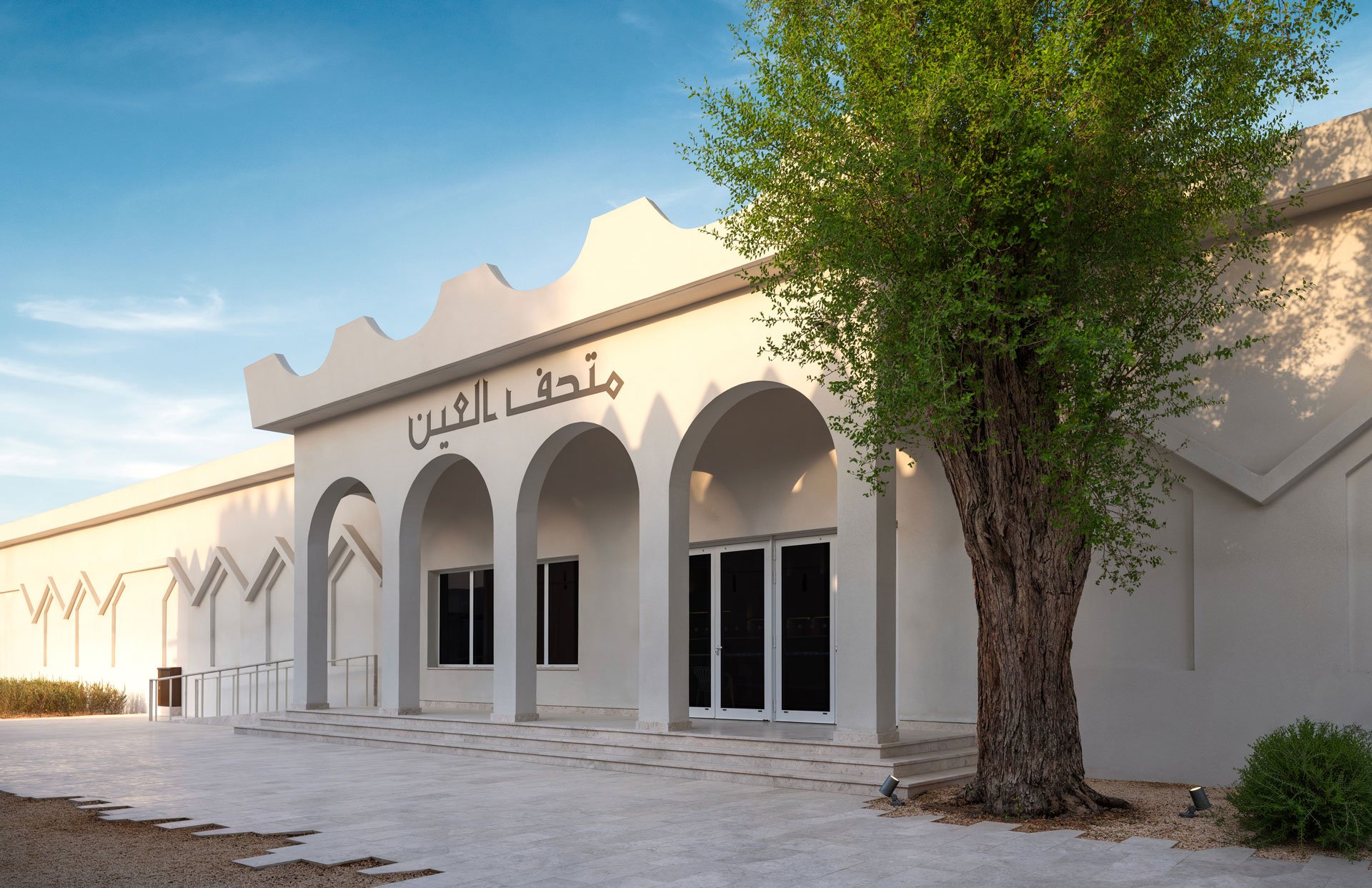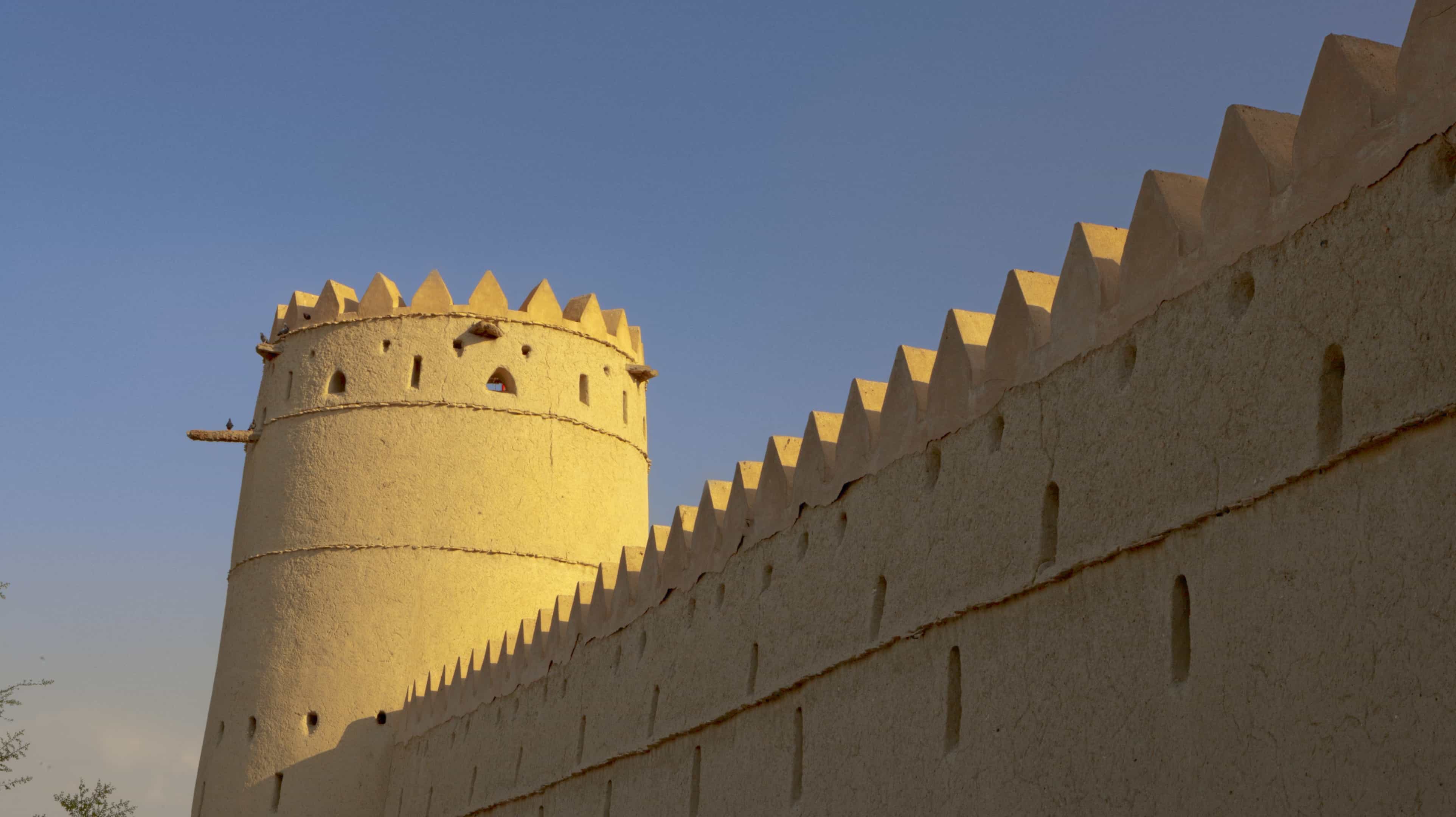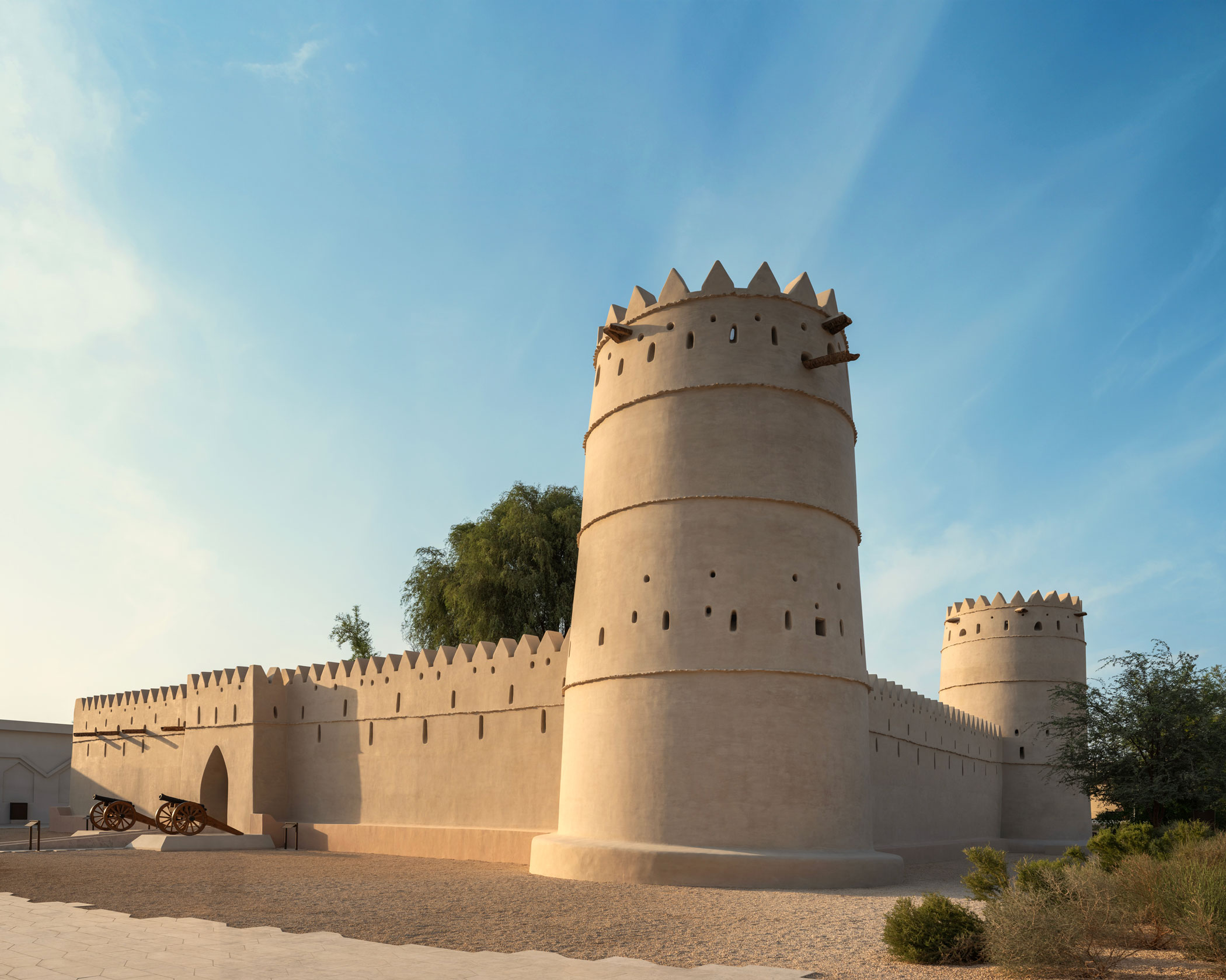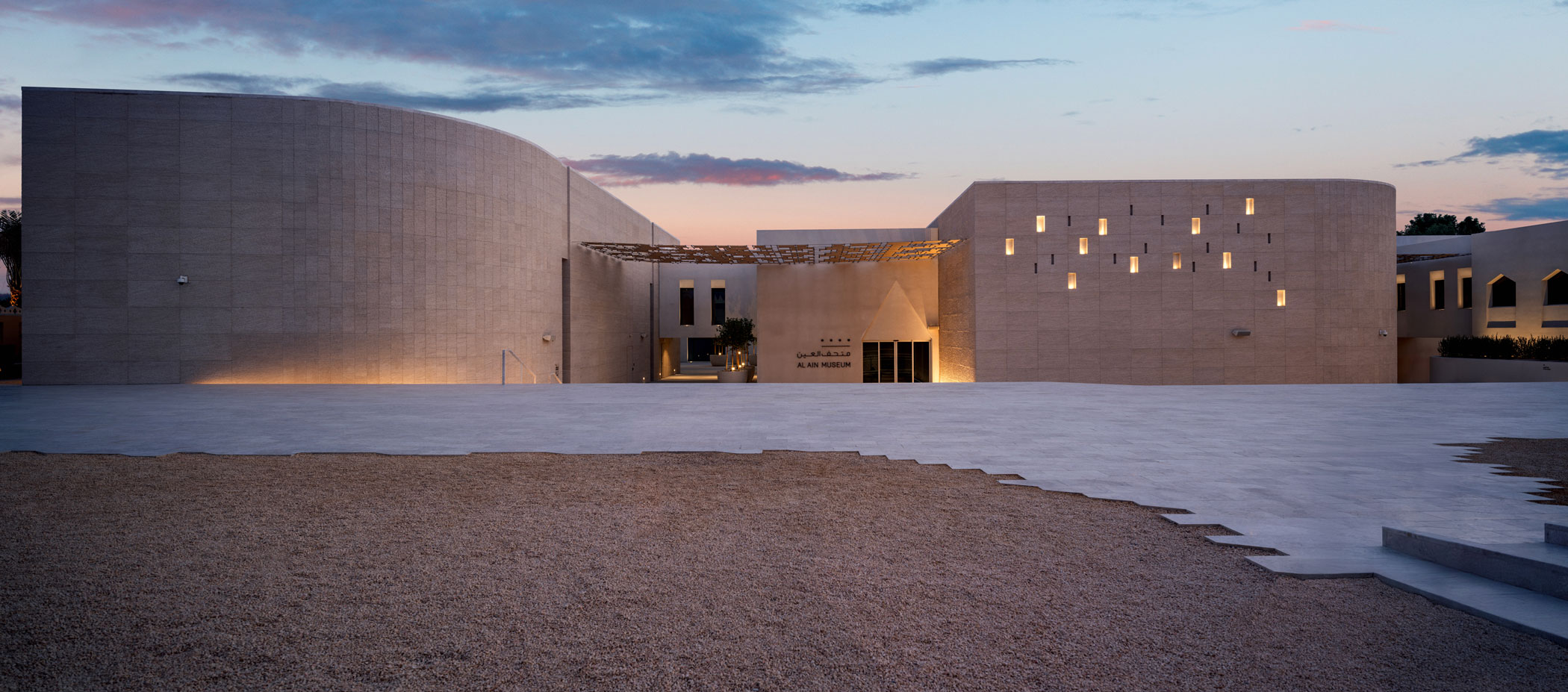The Sultan Fort
The Sultan Fort once sat at the heart of the former village or hara of Al Ain, which also took its alternative name of Haret Al Hosn from the fort. It is one of several historic buildings associated with the ruling Al Nahyan family in Al Ain from the end of the 19th century onwards.












